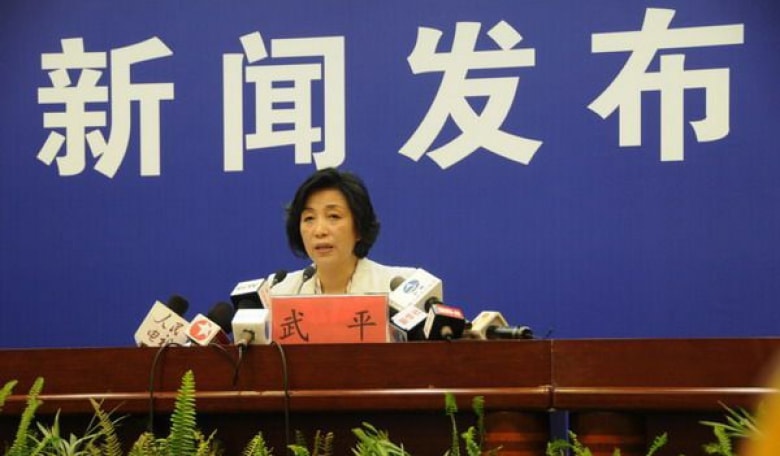Wu Ping, deputy director of the China Manned Space Agency, addressed the U.N. Committee on the Peaceful Uses of Outer Space on June 14th and stressed China's desire for international cooperation at the new space station, including experiments, payloads, astronauts or complete space station modules. According to Wu, Wang Zhaoyao, director of CMSEO (China Manned Space Engineering Office) has signed two agreements (a Framework Agreement and a Funding Agreement) with the U.N. Office for Outer Space Affairs (OOSA) director Simonette Di Pippo on space station collaboration.
Under the agreements, UNOOSA and CMSA will work together to enable United Nations Member States, particularly developing countries, to conduct space experiments on-board China’s space station, as well as to provide flight opportunities for astronauts and payload engineers. Both parties will also promote international cooperation in human space flight and other space activities. CMSA will provide funding support to UNOOSA.
“This is an exciting opportunity to further build the space capacity of developing countries and increase understanding of the benefits space can bring to humankind, including for the achievement of the Sustainable Development Goals. My office and I are looking forward to working with CMSA on these initiatives,” Di Pippo said in a June 16 statement. The agreements are dated March 31 but apparently were not announced until Wu’s speech to COPUOS.
Wu also mentioned the already existing agreements with ESA and Roscosmos, and ESA officials have mentioned preparing astronauts for visits to the Chinese facility, although no specific agreements to that effect have yet been signed.
One of the distinguishing features of the Chinese facility, Wu said, is that it will be visited by a large-aperture astronomy telescope, designed to study dark matter, which will be able to dock at the space station for maintenance and hardware upgrades.
The future Chinese space station will consist of three modules – a core command module and two experiment modules and will orbit at between 340 and 450 kilometers at 42-43 degree inclination relative to the equator. The International Space Station is currently located at roughly the same altitude but has an inclination of 51.6 degrees, allowing it to pass over Russia's mission control center in Korolev. The station is expected to operate for at least a decade and have three full-time astronauts and up to six total during missions. The full-time crew will change every six months.
In the coming weeks, China is expected to launch the first Long March 7 rocket from its fourth spaceport, the Wenchang Satellite Launch Center (Hainan Island). A Long March 5B rocket is expected to launch in September, and will carry the TianGong-2 orbiting laboratory module. The module will test technologies in space in preparation for future space station. A manned ShenZhou-11 capsule is then expected to launch in October and bring two astronauts to dock with the TianGong-2 facility in low Earth orbit.
The new space station is scheduled to start operations in 2022. Prior to that, a cargo ship will be launched in 2017, and the core module of the future station will be put into orbit in 2018.
“Space exploration is the common dream and wish of humankind. We believe that the implementation of the agreements will definitely promote international cooperation on space exploration, and create opportunities for United Nations Member States, particularly developing countries, to take part in, and benefit from, the utilization of China’s space station,” said CMSA Deputy Director General Wu Ping.











